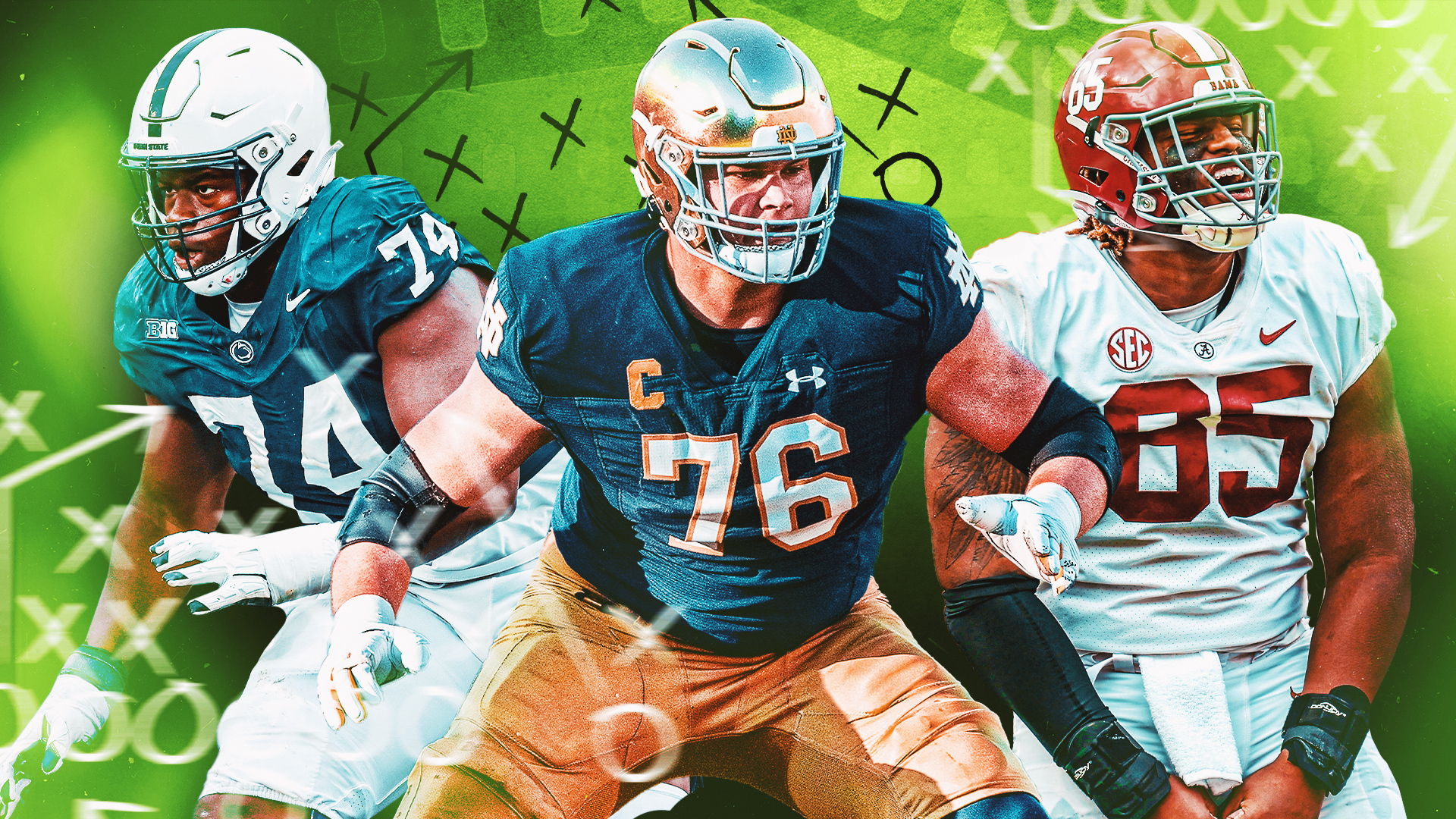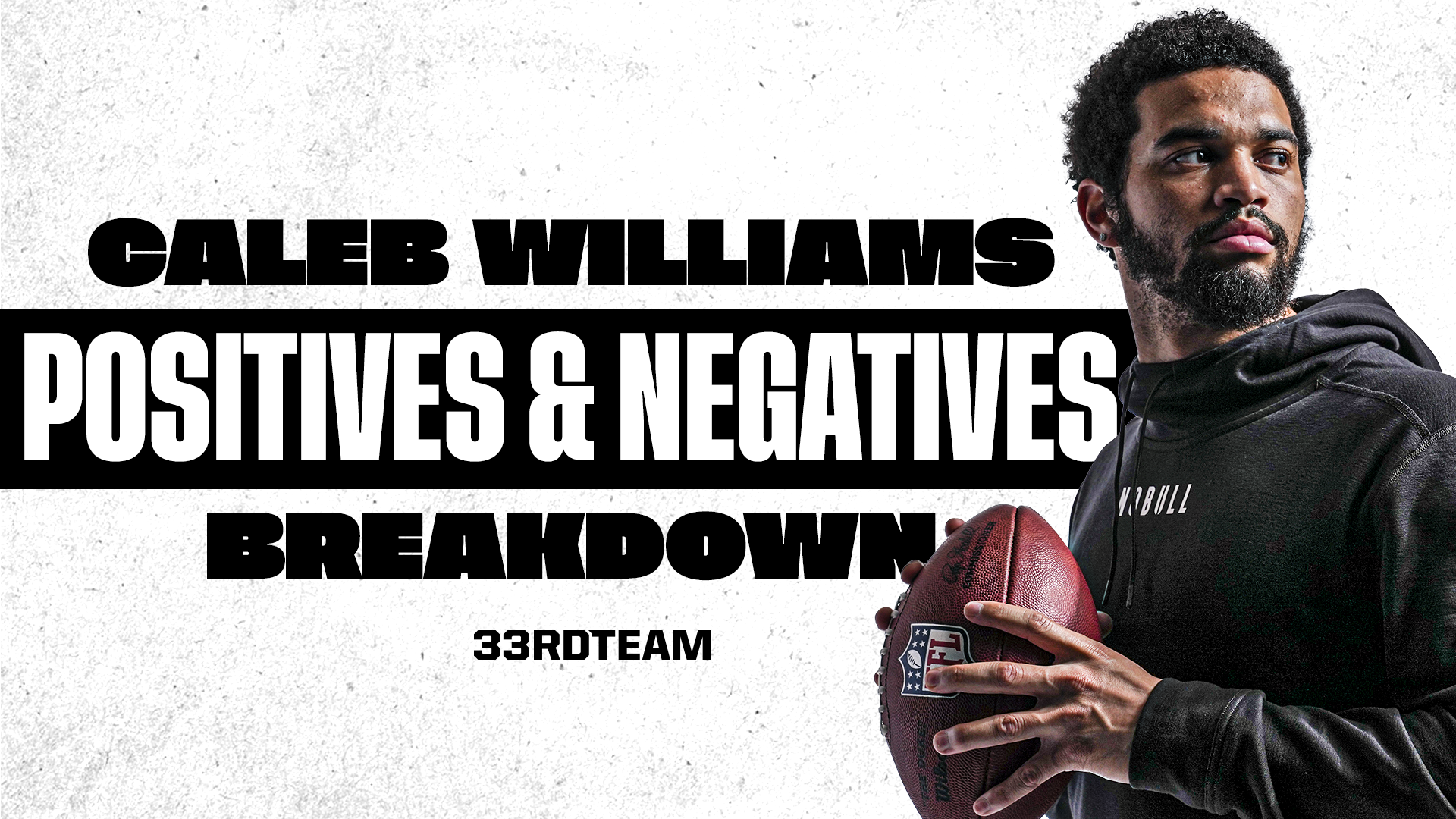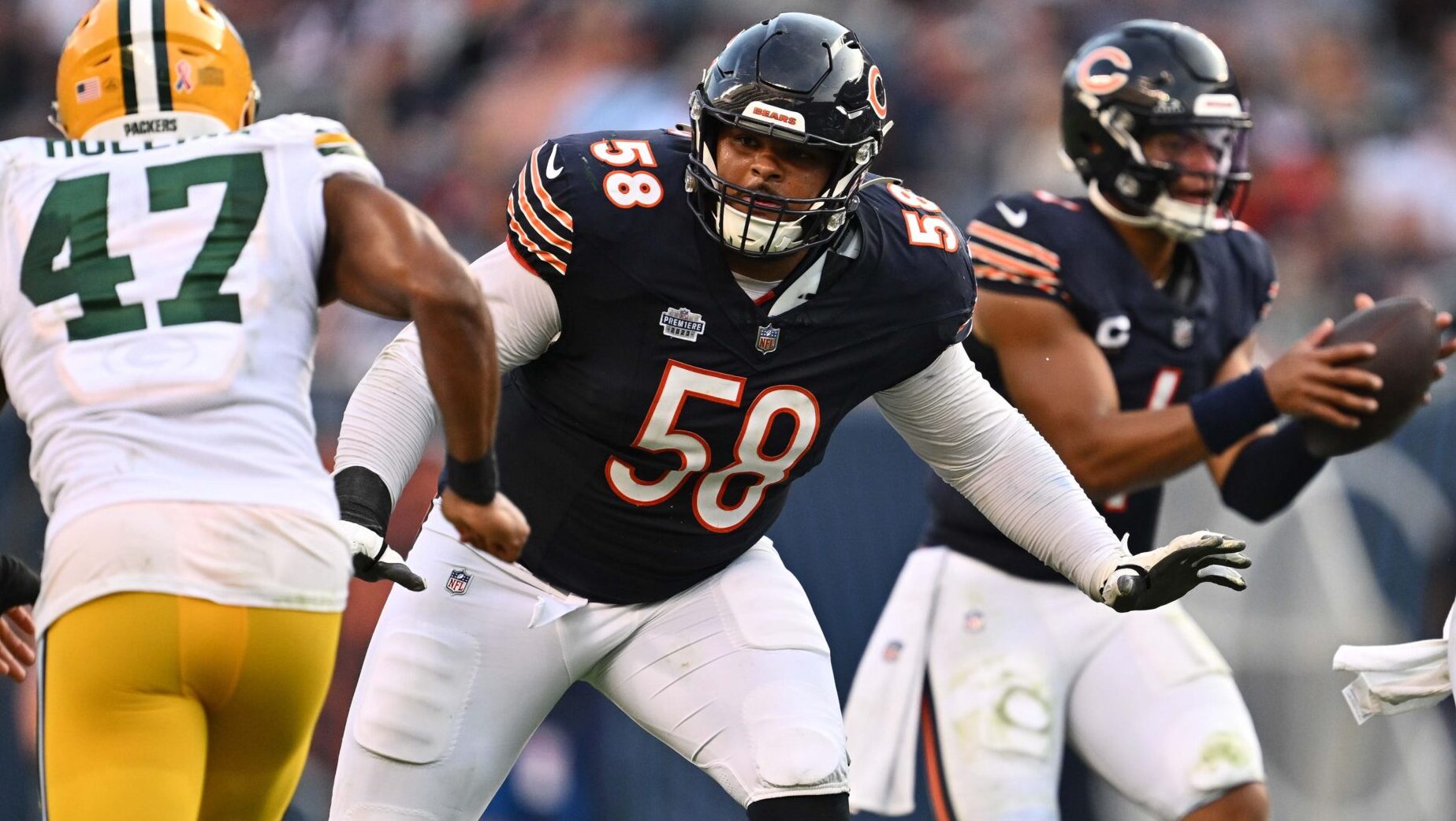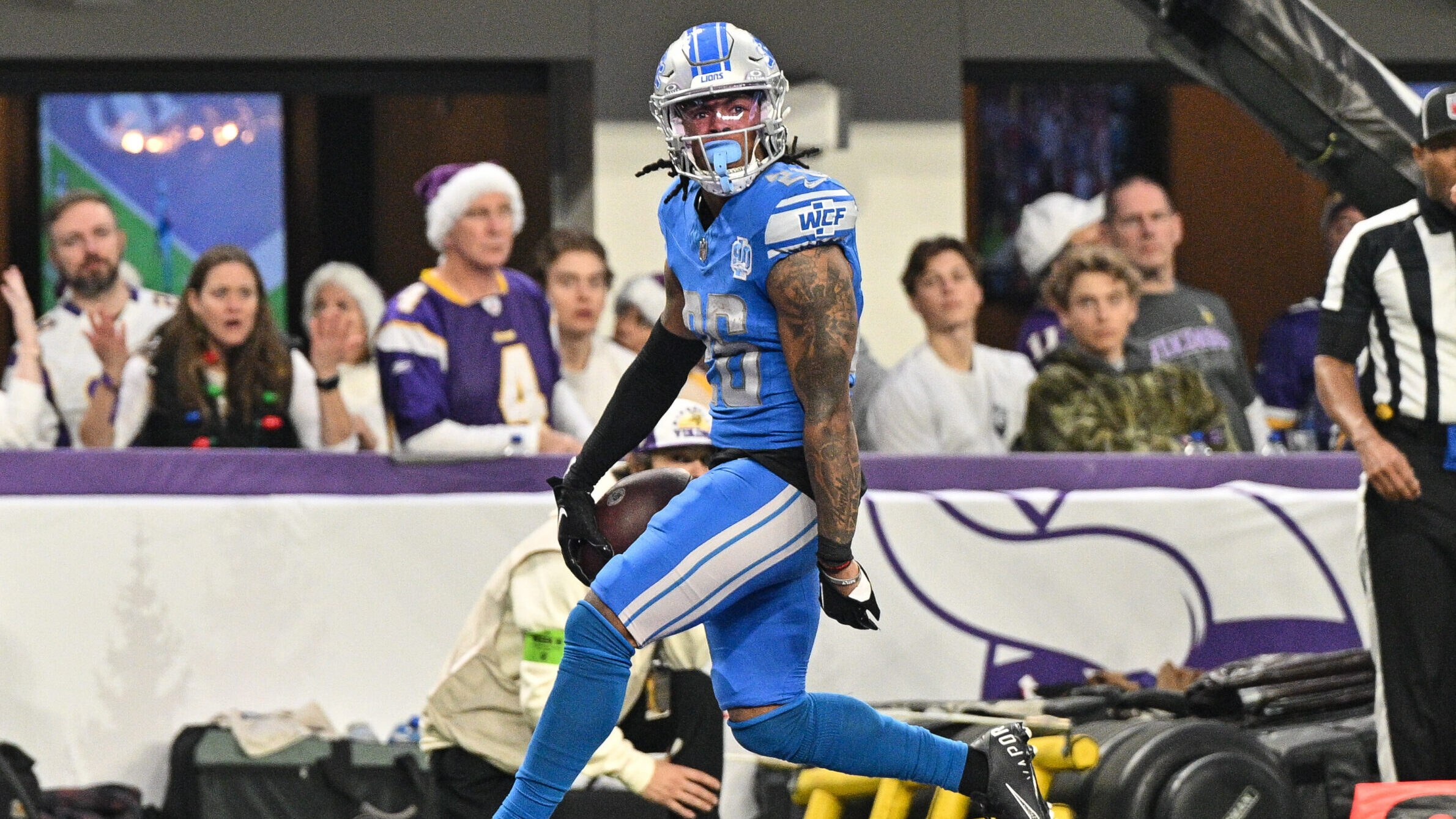Analysis
3/25/22
5 min read
Understanding an Undervalued Position: Are Nickel Cornerbacks Worthy of First Round Picks?
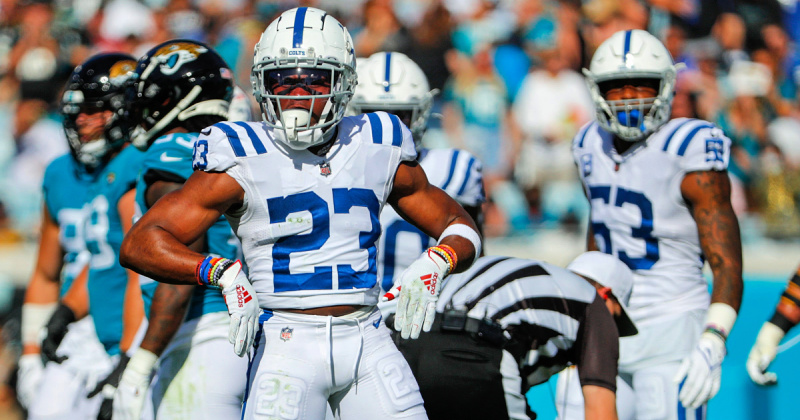
In 2010, the Jets drafted Kyle Wilson, cornerback out of Boise State, with the 29th pick of the first round. With Darrelle Revis and Antonio Cromartie already on the roster, Wilson was the third first-rounder in the Jets’ corner room and the talent needed at nickel for their aggressive 46, man-heavy scheme.
Kyle Wilson Breaks Down the Keys To the Nickel Position:
As a rookie, the learning process was introduced through the perspective of a base SAM linebacker. Conceptually, I was asked to do the same work. The techniques in zones were the same, my responsibilities in the run were similar, but we played man coverage. I had to learn a different coverage technique at nickel than anything I’d played at outside corner.
To play this position, you have to be quick, not just physically, but mentally fast enough to know everyone’s job. Like a linebacker, one must understand the assignments of the defensive line, linebackers, and the corners and safeties behind you. A good nickel communicates with all levels of the defense and knows where he fits within it.
Physical quickness is obviously mandatory. More specifically, having sudden change of direction and short-area quickness. On most coverage snaps, the slot receiver is running an option route, basing his next break off the nickel’s leverage. This makes guessing hard and means quick feet and reactions are musts to match twitchy receivers’ footwork. Still, you’re technically a SAM linebacker — you have to be strong enough and willing to come down and tackle. This job takes someone with multiple skillsets and a competitive edge.
Facing a four-way go from slot WRs and frequently having run responsibilities means you will be put in disadvantageous situations. Additionally, being closer to the quarterback, you’re covering quicker and easier to complete throws. In Cover 1, you combat all of this by knowing you have help in the post, using body position as leverage against the out cut, and your feet to react to in-breaking routes. In Cover 2-Man, you shade more underneath, knowing you have two safeties overtop. As the curl/flat, seam, hole, and even post player in zones, you have to have a knack for making plays on the ball. The skill to read the eyes of the QB and route concepts around you create the splash plays you get paid for during contract negotiations.
Personnel Tendencies Have Changed
Since Wilson was drafted, it’s well documented that defenses play less base personnel, three linebackers groupings and more nickel, three cornerback packages to mirror the offensive shift toward heavy use of 11 personnel. While dime packages with six defensive backs were used just 2% more often in 2021 than in 2011, a nickel corner was used 22% more often than ten years ago. This coincides directly with a 22% decrease in the deployment of base packages.
Where only two teams played in nickel more than 60% of the time in 2011, the Buffalo Bills defense under Leslie Frazier played in nickel almost exclusively with 91% of their defensive snaps via Pro Football Focus. This commitment to five defensive backs on the field factored into the Bills having the number one ranked defense in the NFL last season.
Offensively
Again, offenses and defenses mirrored each other by adding faster skill on the outside.
In 2021, of the top 10 teams using the most 11 personnel, the Rams, Bengals, Buccaneers, Bills, and Chiefs, stood out as the most explosive. Success in this personnel package was due in part to the additional speed threat, but also to the high caliber of talent each team placed at that slot receiver position. Cooper Kupp, Tyler Boyd, Chris Godwin, Cole Beasley, and Tyreek Hill were the receivers used most in the slot by these top 10 overall offenses, respectively.
In many offenses, the number one receiver is used primarily in the slot. On the contrary, it is perceived that your third-best cover corner is used at nickel. This is evident in the average salaries at both positions: teams in the top half of the league in 11 personnel usage paid their slot receiver $9.17 million APY. This figure more than doubles the $4.78 million APY teams in the league’s top half in nickel personnel usage paid their slot corners, per OverTheCap. For teams to quell the efficacy of the slot WR, they must prioritize the man opposite them.
Using Top Talent at Nickel
The Rams with Jalen Ramsey and Ravens with Marlon Humphrey have utilized their best coverage corner at nickel. Ramsey’s slot snaps have increased from 80 to 170 to 335 over the last three seasons. Humphries’ snaps were up from 48 to 556 to 497 from 2018 to 2020. Depending on matchup, formation, or play call, both teams deemed their best coverage player more valuable in the slot than outside.
Using High-End Draft Capital at Nickel
This season there are three potential first-round players with the rounded skill sets to play slot corner at a high level. Andrew Booth Jr, Trent McDuffie, and Kyler Gordon showed intellect to read route concepts in zones, outstanding change of direction and short-area quickness, and willingness at the attack point — all factors Wilson highlighted above. As offenses continue to grow towards being more pass and speed dependent, paying for and drafting high-level talent at the nickel position grows in importance. This class gives teams an excellent opportunity to do just that.



